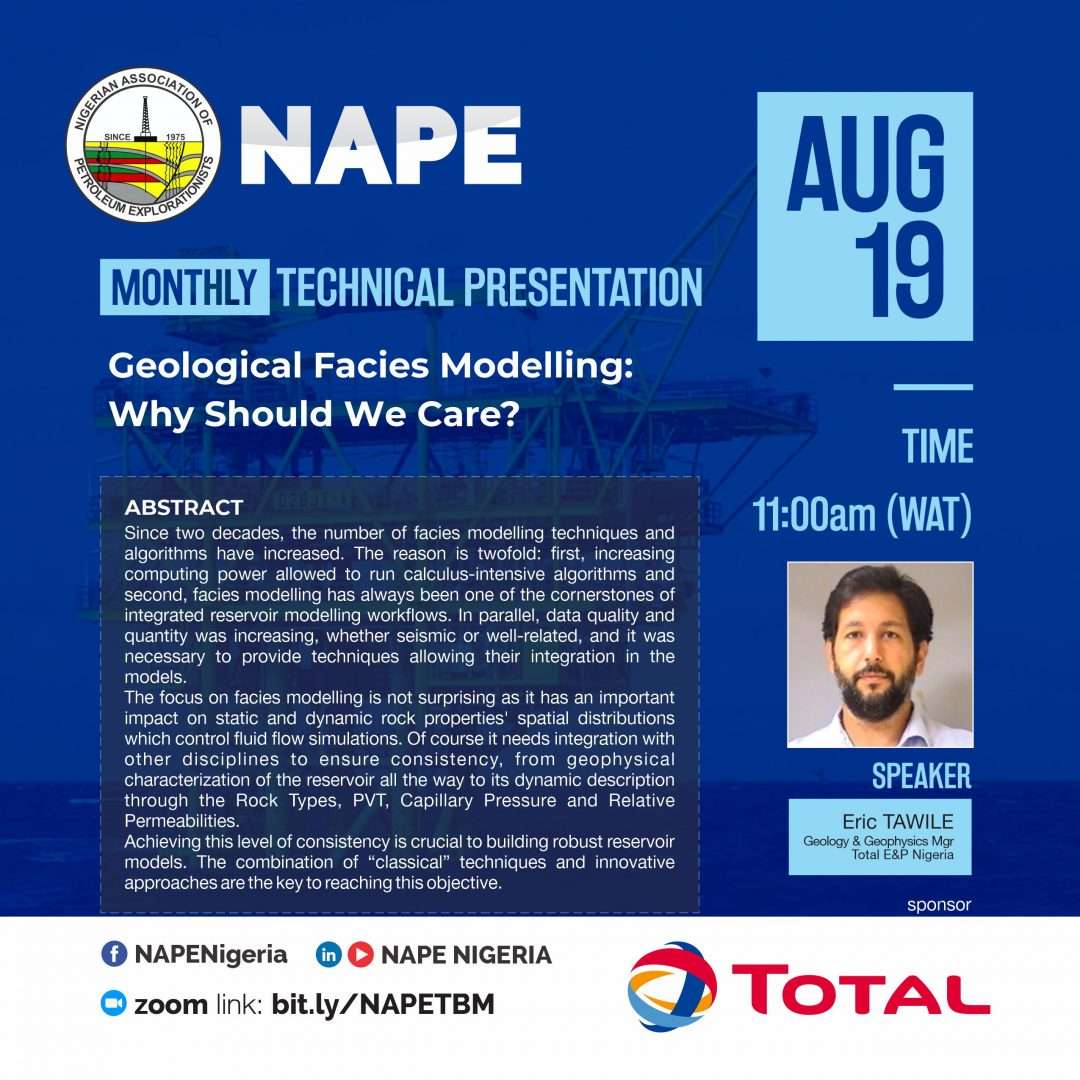
Since two decades, the number of facies modelling techniques and algorithms have increased. The reason is twofold: first, increasing computing power allowed to run calculus-intensive algorithms and second, facies modelling has always been one of the cornerstones of integrated reservoir modelling workflows. In parallel, data quality and quantity was increasing, whether seismic or well-related, and it was necessary to provide techniques allowing their integration in the models.
The focus on facies modelling is not surprising as it has an important impact on static and dynamic rock properties’ spatial distributions which control fluid flow simulations. Of course it needs integration with
other disciplines to ensure consistency, from geophysical characterization of the reservoir all the way to its dynamic description through the Rock Types, PVT, Capillary Pressure and Relative Permeabilities.
Achieving this level of consistency is crucial to building robust reservoir models. The combination of “classical” techniques and innovative approaches are the key to reaching this objective.
For details, Click Here.